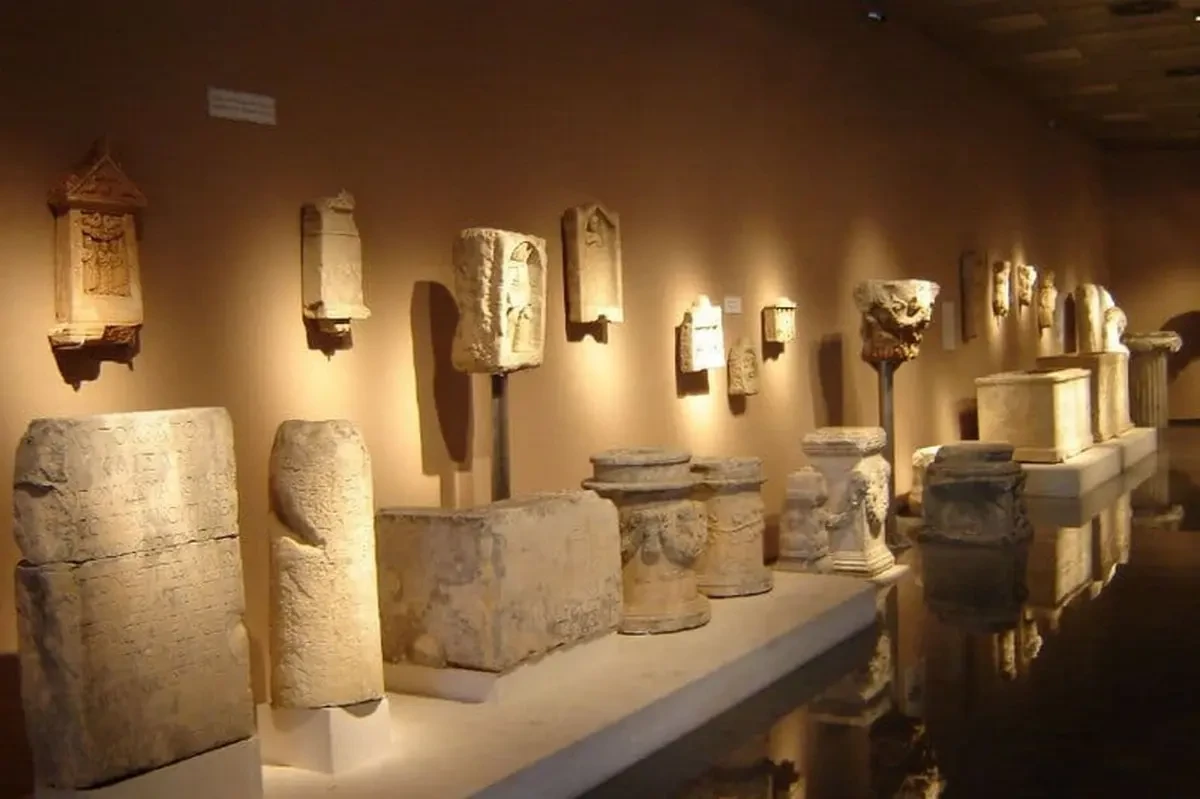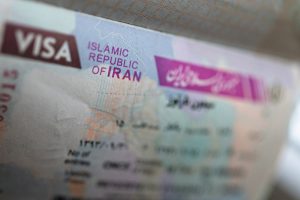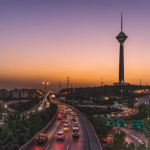The Archaeological Museum of Tehran, also known as the National Museum of Iran, is one of the most significant museums in Iran. The museum houses over 300,000 ancient objects, including pottery, utensils, coins, and sculptures, which provide a glimpse into the rich and diverse history and culture of Iran. The building’s architecture, objects, and displays offer visitors a unique opportunity to explore Iran’s past.
The history of the museum
The Archaeological Museum of Tehran was established in 1937, during the reign of Reza Shah, the founder of the Pahlavi dynasty. The museum was built to showcase the rich cultural heritage of Iran and to provide a space for the preservation and display of ancient artifacts. The building was designed by French architects André Godard and Maximilien Siroux and was constructed between 1935 and 1937. The museum building covers approximately 11,000 square meters and is composed of three levels. The entrance to the museum was modeled after the Taq-e Kasra, a famous palace in the Sassanid Empire, and the bricks were colored red to match the Sassanid era’s architecture.
The objects on display
The Archaeological Museum of Tehran is home to some of the most significant ancient artifacts in the world. The objects on display are from different periods of Iran’s history, including the prehistoric period, the Elamite period, the Achaemenid period, the Parthian period, and the Islamic period.
The prehistoric period is represented by a collection of stone tools, pottery, and animal figurines dating back to the Paleolithic, Neolithic, and Chalcolithic eras. The Elamite period is represented by a collection of tablets, cuneiform inscriptions, and bronze figurines. The Achaemenid period is represented by an impressive collection of objects, including a replica of the Cyrus Cylinder, considered one of the most important artifacts of the Achaemenid era. A collection of coins, pottery, and metalwork represents the Parthian period. The Islamic period is represented by a collection of manuscripts, textiles, and coins.
Take part in our guided tours to the Archeological Museum of Iran, providing you a nice visit with a deeper understanding of the museum’s history and architecture.
The museum’s architecture
The Archaeological Museum of Tehran’s architecture is a blend of traditional and modern styles. The building’s entrance, as previously mentioned, was modeled after the Taq-e Kasra. The museum’s exterior features a blend of red and gray bricks, which creates a visually striking effect. The interior of the museum is designed to showcase the objects on display, with the colors and lighting chosen to highlight the artifacts’ beauty and significance.
The Museum’s expansion
Over the years, the Archaeological Museum of Tehran has undergone several phases of expansion. When the museum first opened, the first floor was dedicated to Iran’s pre-Islamic era, and the second floor was dedicated to the Islamic era. However, as the museum’s collection grew, more space was needed to display the objects. The museum underwent significant expansion between 1978 and 1991. During this time, new showcases were installed, the heating and electrical systems were upgraded, and storage and treasury units were constructed beneath the museum.
In 1996, the Islamic-era artifacts were separated from the Museum of Ancient Iran and moved to a neighboring building that had been constructed in 1958. This building, known as the Islamic Era Museum, was designed to showcase Islamic art and artifacts.
Last word
The Archaeological Museum of Tehran is a significant cultural institution in Iran. Its vast collection of ancient artifacts provides a window into Iran’s rich and diverse history and culture. The museum’s architecture, designed to reflect the history and art of the land it represents, is a testament to the importance of preserving and showcasing Iran’s cultural heritage. The museum’s expansion over the years reflects its ongoing commitment to providing visitors with a comprehensive and engaging experience. While the original Cyrus Cylinder is not on display at the museum, the replica provides visitors with a glimpse into the remarkable achievements of the Achaemenid Empire.
Let us know your ideas and comments about this museum in the comment box below, we will be happy to hear from you!


















